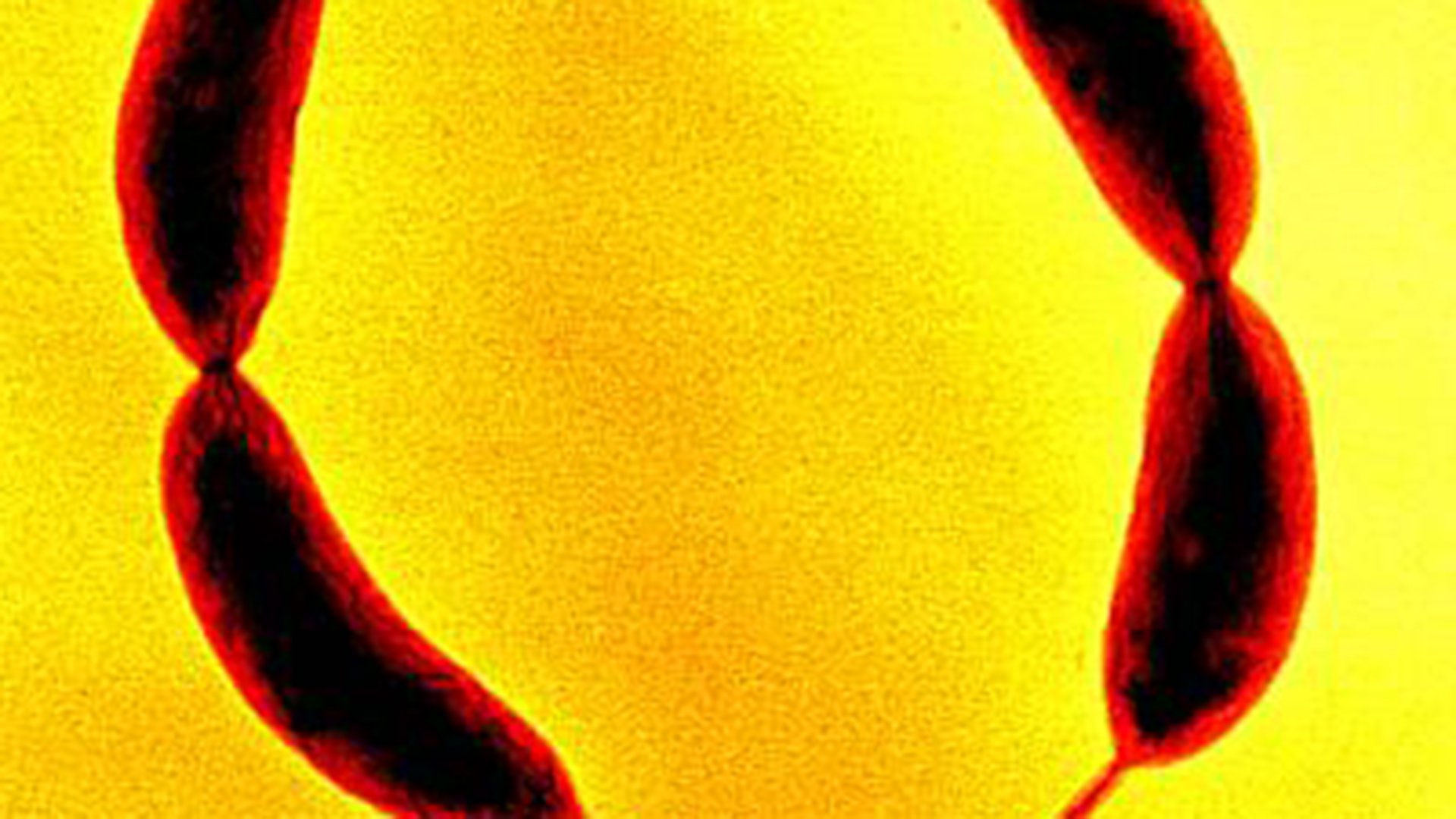Tail
Bacteria. Simple, single-celled micro-organisms that at first glance do not seem to be able to do much. However, researchers at the University of Basel discovered that these microbes can do something that until recently was thought only to apply to higher organisms: feeling. The Swiss team studied the Caulobacter crescentus bacterium and discovered that this species is able to 'feel' when it has landed on human tissue within a few seconds. Bacteria have tiny tails called flagella. By rotating their flagellum, bacteria are able to propel themselves through liquids. It now appears that they use this tail to feel too.
Flagellum for feeling
Electrically charged particles power the rotation of the flagellum of the Caulobacer crescentus. As soon as the bacterium touches human tissue, something resembling a short circuit takes place in the delivery of these particles. The signal causes the bacterium to discharge an adhesive with which it can stay stuck to the surface. In this manner the tail serves as a sensor which when activated causes a change in the behaviour of the bacterium.
Fighting infections
This discovery provides greater insight into the functioning of bacteria, in particular those causing disease, called pathogens. What happens in the first moments of contact between a pathogen and human being is important to an infection arising. Hopefully this information can be used in future to treat and control infections better.
Resource: Science.sciencemag.org

